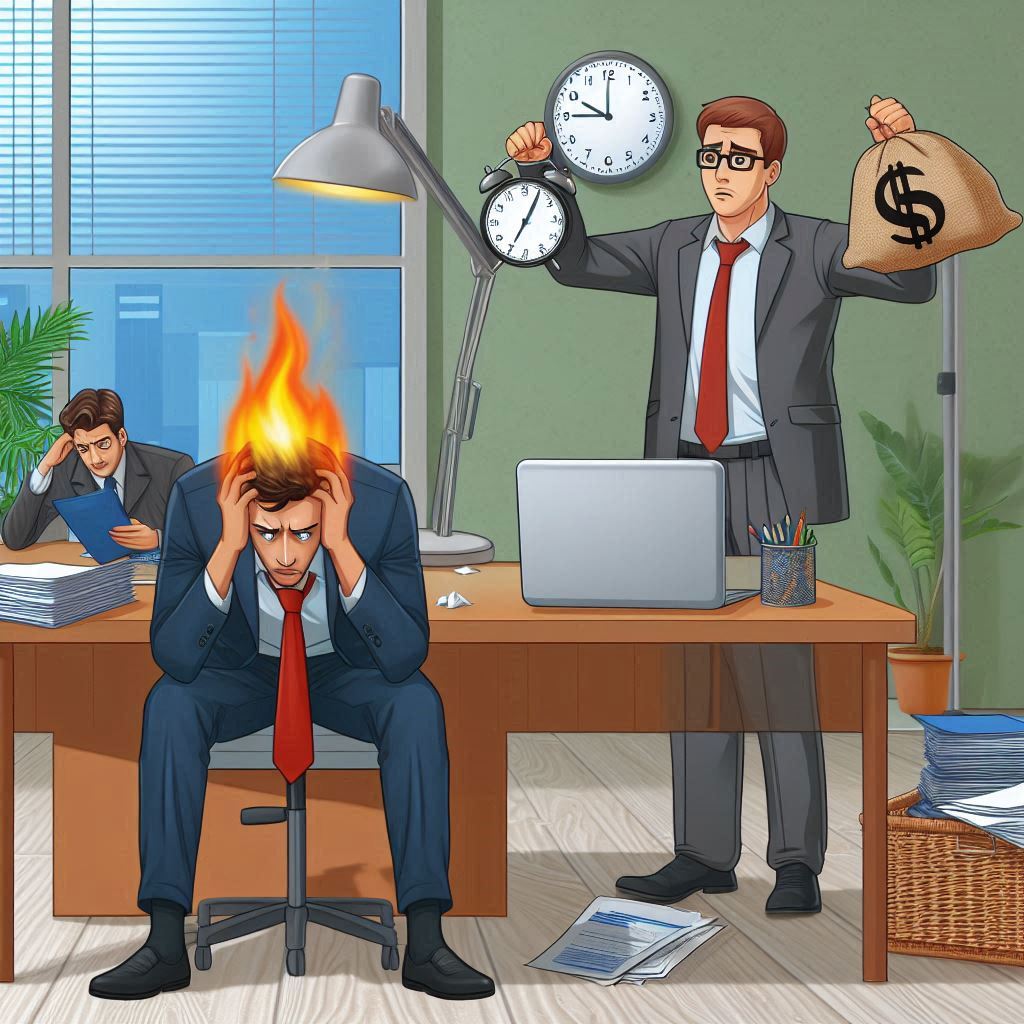If someone on your team is experiencing burnout syndrome, what would you do?

Burnout can negatively affect the health of employees, organizational efficiency, and organizational culture.
People and organizations need to keep an eye on potential sources of burnout to thrive. Signs of burnout become apparent when you look closely at employee survey results or conduct HR analysis.
And the answer can be found in the difference between what ’employees’ and ‘managers’ experience in the workplace.
Relationship between Employee burnout and rank

We wanted to understand the difference in experience between people who are experiencing burnout and those who are relatively good at managing stress in the workplace. So, we analyzed the survey responses from 1579 companies and 1.79 million people.
And we found the answer in unexpected places. The answer lies in the rank. Executives and below experienced burnout 20% more often than senior executives.
At first, these results seemed very contradictory. Because executives have to make numerous decisions that affect the entire organization, and they feel responsible and pressured.
So our assumption is that senior executives experience things in the workplace that others don’t—middle managers and frontline workers.
How to Reduce Employee Burnout

Management has the right to make decisions about their work and their time. You have enough power to say “No” to anyone. They can set their own boundaries for work.
The Whitehall study reveals a clear link between “empowerment at work and burnout.” This study of UK public service workers found that higher positions in the workplace were associated with a lower risk of cardiovascular disease. When all other factors are excluded, it turns out that the difference in control according to job position is the biggest cause of this phenomenon.
How can we reduce Employee burnout syndrome in our members?

It can be difficult to take care of every single person in an organization. However, there are ways to reduce the chance of burnout.
Increased flexibility and autonomy
A study of 8,500 Swedish white collar people who had experienced this type of reorganization found that after having a higher level of influence and work control, people experienced the following changes:
- Reduced symptom levels for 11 of 12 health indicators
- Reduced absenteeism
- Depression Reduction
You need to give your employees flexible working options that allow them to choose a location, schedule, etc., so they can take more control of their work.
Freeing members from trivial controls
People who feel burnout are three times more likely to feel in control over the smallest of things.
Members of the managerial position may fall into a pattern of controlling team members down to the smallest detail due to uncertainty and worry about work. And HR consultant Dr. Hyacinth Guy said that it is realistically difficult to completely change a system that has been controlled overnight.
Nevertheless, there are some steps you can take to reduce excessive control within your organization.
- Hiring Self-Directed People
- Encouraging members to rely on each other
- Managers must make clear their expectations to members
- Empower members to make decisions
- Provide appropriate responsibility and compensation to individuals through dedicated projects and incentives
Reducing uncontrollable ‘events’
We surveyed our members to ask, “What can we do to make this a great place to work?” When asked this question, respondents experiencing burnout mentioned the phrase “fear of retaliation.” In addition, compared with employees who manage workplace stress well, three times more respondents said that the words and actions of management did not match, and 2.5 times more answered that they were not properly informed about important changes.
Employees report feeling tense in the workplace when:
- Project proceeds without notification
- Business evaluation standards change frequently
- The unpredictability of executives, managers’ moods
Whitehall study According to reports, high blood pressure correlates with “work stress” in the workplace and comes from “tension” and “uncertainty” in a given job.
By setting accurate expectations and having two-way communication, managers can significantly reduce their anxiety about ambiguity and unpredictability.






